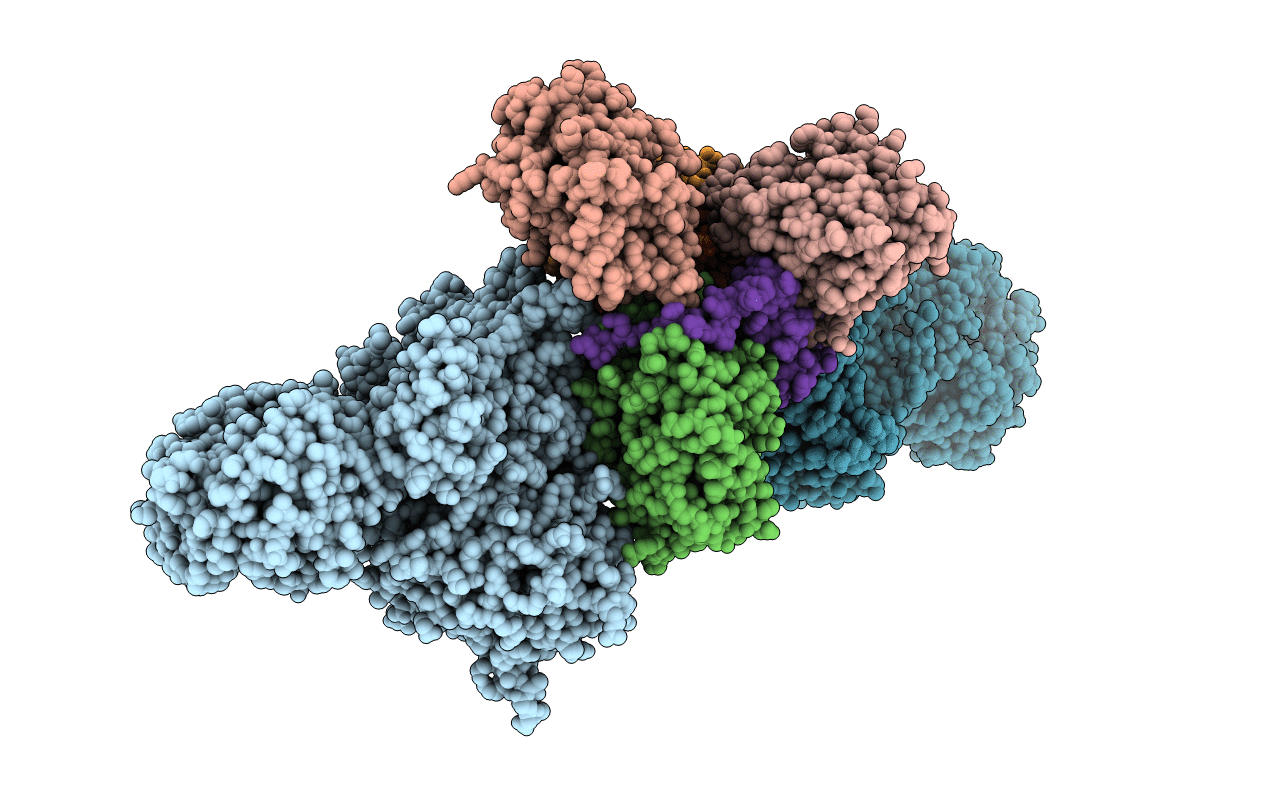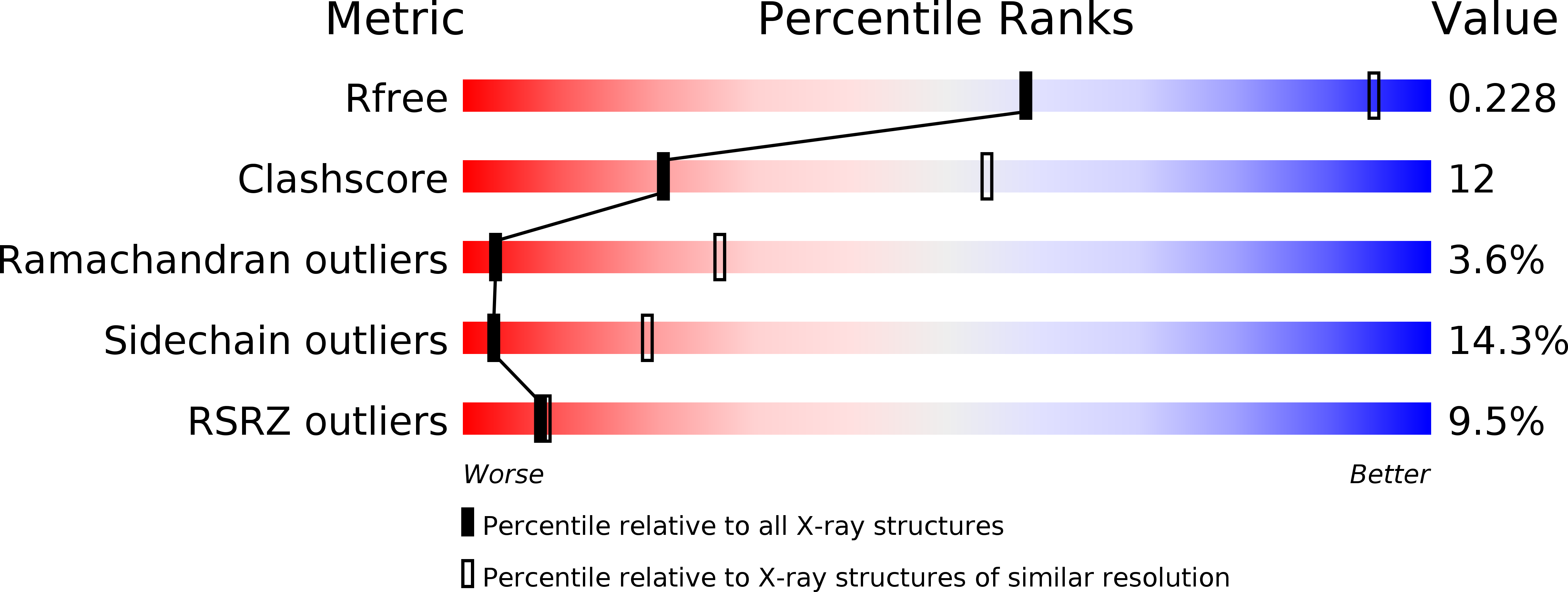
Deposition Date
2016-04-26
Release Date
2016-10-05
Last Version Date
2024-03-06
Entry Detail
PDB ID:
5JK7
Keywords:
Title:
The X-ray structure of the DDB1-DCAF1-Vpr-UNG2 complex
Biological Source:
Source Organism:
Homo sapiens (Taxon ID: 9606)
Human immunodeficiency virus type 1 group M subtype B (isolate NY5) (Taxon ID: 11698)
Human immunodeficiency virus type 1 group M subtype B (isolate NY5) (Taxon ID: 11698)
Host Organism:
Method Details:
Experimental Method:
Resolution:
3.49 Å
R-Value Free:
0.20
R-Value Work:
0.17
R-Value Observed:
0.17
Space Group:
P 1


